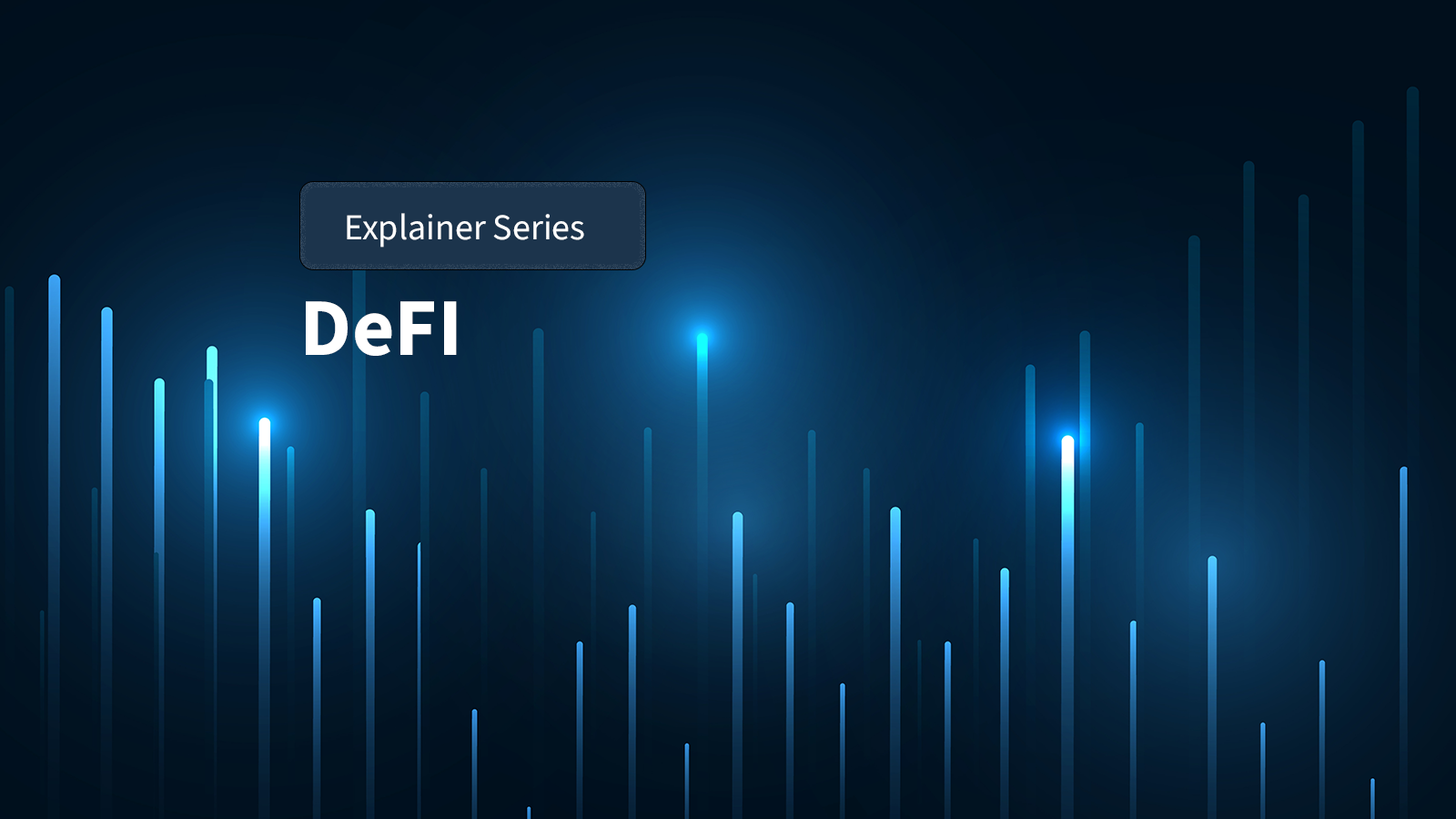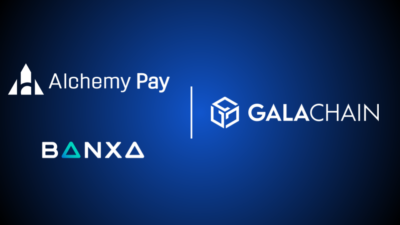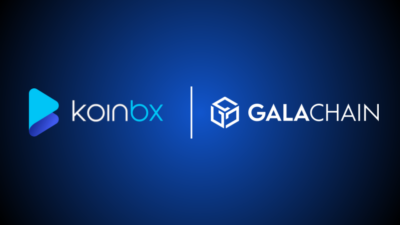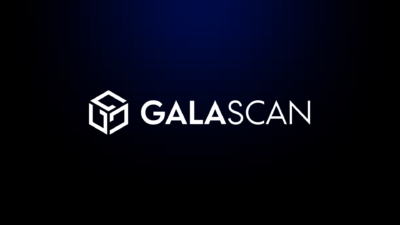DeFi, short for Decentralized Finance, refers to a financial system that operates on blockchain technology, enabling peer-to-peer transactions without intermediaries like banks or traditional financial institutions. In simple terms, it is a new, decentralized way to conduct financial transactions using smart contracts, cryptocurrencies, and blockchain networks instead of relying on centralized control.
Think of it this way: if traditional finance (TradFi) is like a bank where you need a middleman to approve, process, and validate your transactions, DeFi is like a vending machine that automatically handles everything when certain conditions are met, without needing human approval or oversight. DeFi allows for borrowing, lending, trading, saving, and investing — but it removes the need for trusted third parties.
LEARN MORE:
“What is Decentralized Finance (DeFi) and How Does it Work?” – Investopedia, 2024
How DeFi Evolved from FinTech
DeFi is an evolution of financial technology (FinTech), which traditionally aimed to make finance more accessible and efficient using digital platforms. While FinTech largely innovates within the bounds of existing regulatory frameworks and institutions, DeFi steps outside of these centralized models entirely, using blockchain to create an alternative financial ecosystem.
The FinTech boom in the early 2000s brought about digital wallets, online banking, and mobile payment systems, making financial transactions easier and more accessible. However, these still relied on banks, payment processors, and regulators. DeFi took this a step further by completely removing the need for these intermediaries. With the rise of cryptocurrencies like Bitcoin and Ethereum, DeFi was born, offering decentralized applications (dApps) that mimic and improve upon traditional financial services.
Why is DeFi Important in the Web3 World?
DeFi plays a central role in the Web3 movement by democratizing finance. It gives users more control over their assets and offers access to financial services to anyone with an internet connection, regardless of their geographic location or social status.
In Web3, where decentralization and user sovereignty are core principles, DeFi aligns perfectly with these goals. Instead of having centralized institutions control money and finance, DeFi allows users to interact directly with financial markets and services through decentralized networks. This aligns with the broader Web3 ethos of decentralizing control, enhancing transparency, and increasing user autonomy.
DeFi vs. Traditional Finance (TradFi)
In traditional finance (TradFi), users must place a significant amount of trust in financial institutions. Banks, for example, hold customer funds, process payments, and issue loans, and customers must trust these institutions to operate fairly and securely. These systems are centralized, meaning a single authority, like a bank or government, controls them. For generations, this has been the norm, and while secure in many ways, it also brings risks such as institutional failures, corruption, and exclusion from services for unbanked populations.
DeFi, on the other hand, is built on trustless systems. Instead of trusting banks or payment processors, users trust the blockchain and smart contracts. These are automated programs that execute transactions only when specific conditions are met, and because they are run on a decentralized network, they cannot be tampered with by any single entity. This removes many of the vulnerabilities seen in TradFi, such as bank failures or unauthorized account freezes.
Example: A DeFi Lending Protocol
Let’s say you want to take out a loan in a traditional bank. You go through a lengthy process involving paperwork, credit checks, and the bank’s approval. In a DeFi protocol, you could simply put up some cryptocurrency as collateral, and the smart contract would automatically issue a loan to you in a different cryptocurrency, without needing a middleman or a credit check. The terms of repayment, interest, and other conditions would be encoded in the contract, which executes them automatically.
The Role of Trust in Centralized vs. Decentralized Finance
In centralized finance (CeFi), trust is a fundamental requirement. Users must trust that banks and financial institutions will safeguard their money, conduct transactions fairly, and manage risks appropriately. These institutions often operate under government regulations, providing a sense of security, but they are still subject to human error, mismanagement, or even malfeasance.
In decentralized finance, trust is minimized through the transparency and security of blockchain technology. Because all transactions and smart contract codes are visible on the blockchain, users can independently verify the system’s integrity. This transparency significantly reduces the need for trust in a central authority. Blockchain’s cryptographic security further ensures that transactions cannot be altered or forged.
The Risks of DeFi
While DeFi removes many of the risks associated with centralized intermediaries, it’s not without its own challenges. The early nature of DeFi technology means it still carries risks that users should be aware of:
- Smart Contract Vulnerabilities: Smart contracts are only as good as their code. Bugs or exploits can lead to significant losses, as seen in several high-profile DeFi hacks.
- Lack of Regulation: DeFi operates largely outside of traditional regulatory frameworks. While this offers freedom and flexibility, it also leaves users without legal recourse in the event of theft or fraud.
- Scams and Bad Actors: The openness of DeFi allows anyone to create a decentralized application, which unfortunately includes scammers. Users must exercise caution and thoroughly research projects before investing or using their services.
Despite these risks, DeFi represents a transformative shift in how financial services can operate. It opens up a new world of possibilities for individuals who were previously excluded from the financial system, while also giving users more control over their own assets.
The Future of DeFi
As DeFi matures, many of the current risks will likely be mitigated through technological advances and better security practices. We can expect to see greater collaboration between DeFi and traditional financial systems, with the possibility of hybrid models that blend the best of both worlds.
DeFi is not just an innovation in finance; it’s a movement that seeks to fundamentally reshape the financial landscape. By leveraging blockchain technology, DeFi removes the need for centralized institutions, offering a more open, transparent, and secure financial system. While it still has growing pains, the potential for decentralized finance to revolutionize the way we interact with money is undeniable.
Exchange GalaChain tokens on GalaSwap





